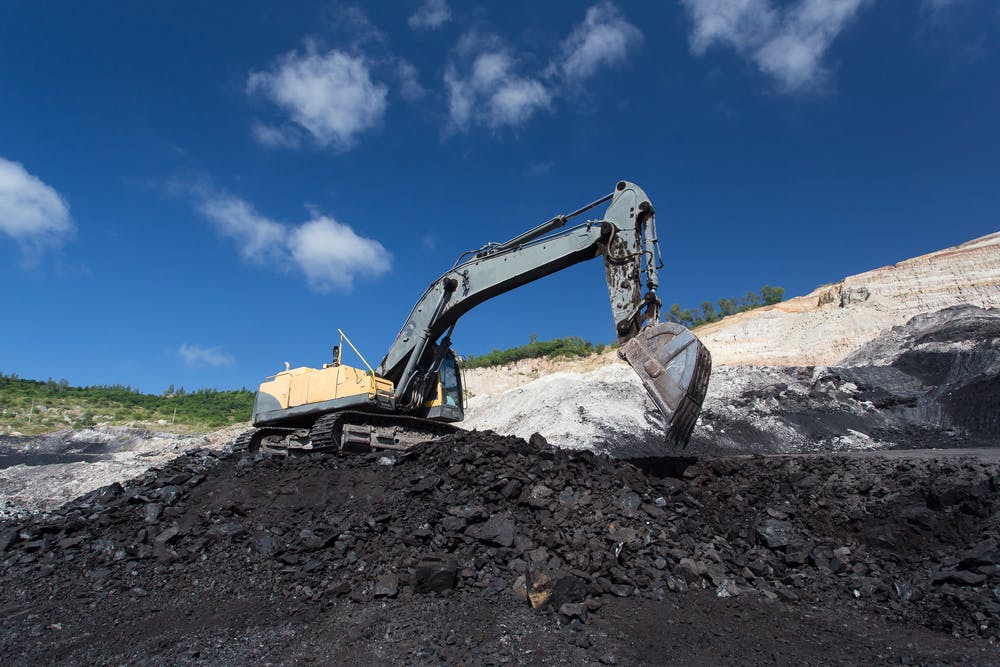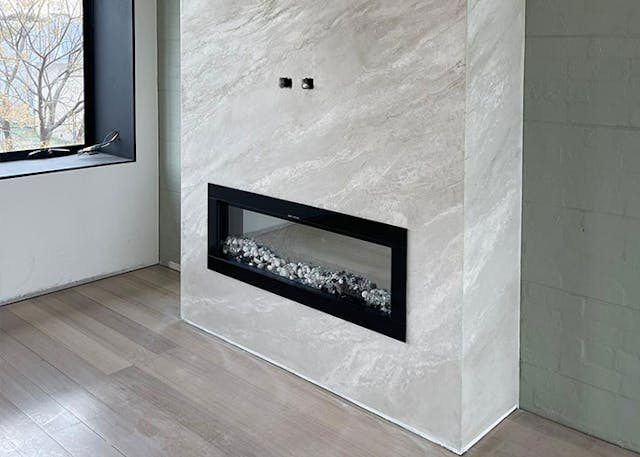
Sam Bankman-Fried Sentenced to 25 Years Jail
In a decisive turn of events that’s captured the attention of both the cryptocurrency world and the global financial community, Sam Bankman-Fried, the founder of the now-insolvent FTX[...]

According to a report from the Oxford University, Australian thermal coalmines are some of the riskiest in the world for investors because of their exposure to environmental dangers.
The report – which was supported by Norges Bank Investment Management, managers of Norway’s government pension fund, the world’s largest sovereign wealth fund – also found that Australian, Chinese and US coal-fired power stations were the most vulnerable to environmental risks.
The research involved assessing the assets of the top 100 coal-fired utilities and top 20 thermal coalmining companies for their exposure to a variety of environmental risks, including climate-change policies, water stress, air pollution and competition from renewables and gas.
Ben Caldecott , the lead author of the report, said its purpose was to provide information for investors, the broader public and the companies.
“Not all companies have the same levels of risk exposure and it is important to understand the differences in order to manage risk, to prompt engagements with company management, or to decide whether to divest,” he said.
The findings heed a warning for investors in supporting projects associated with thermal coalmines in Australia.
The report states that Australian mines had a “high” level of risk associated with their unusual reliance on exporting coal. Australia exports more than three times as much coal as it consumes locally, and so it relies on the global market, where currently demand is falling.
Australian mines are also seen at a “high” level of risk in relation to potential environmental regulation and the impact of protests and activism.
The report also found that coal-fired power utilities were at risk because of competition from renewables, lower electricity use and strong evidence of a “utility death spiral“.
A utility death spiral occurs when sources of power such as rooftop solar leave fewer people sharing the cost of maintaining the traditional electricity grid, pushing its cost up, therefore making rooftop solar even more competitive.
“A large country with dispersed populations, plentiful sun and falling electricity demand spells the perfect storm for Australian utilities,” the report said.
The researches calculated the risks posed to each company by collecting all the information they could about the companies’ assets, rather than just relying on corporate reporting. They analysed satellite imagery of the assets to determine their precise locations, and sometimes the technology they employed.
Caldecott compared the lack of easily accessible information with that which allowed the 2008 financial crisis to occur.
“Investors have almost no idea about the real environmental performance of companies they own,” Caldecott said.
“You actually need to interrogate the exposure of individual assets within a company portfolio, in the same way that investors should have paid more attention to individual mortgages in the mortgage-backed securities and collateralised debt obligations that caused the financial crisis.”
Via The Guardian

In a decisive turn of events that’s captured the attention of both the cryptocurrency world and the global financial community, Sam Bankman-Fried, the founder of the now-insolvent FTX[...]

With the banning of engineered stone in Australia coming into effect, and this extremely popular choice for benchtops and splashbacks no longer an option, many Aussie families are now wondering[...]

Originating centuries ago in the canal-laden streets of Venice, Venetian Plaster continues to captivate the imagination of designers, architects, and homeowners alike. We have selected our Top 5[...]

When it comes to choosing the right butcher for your family and friends, you want to know you are going to the best. But where do you start? There are so many butchers in Sydney, from large to[...]